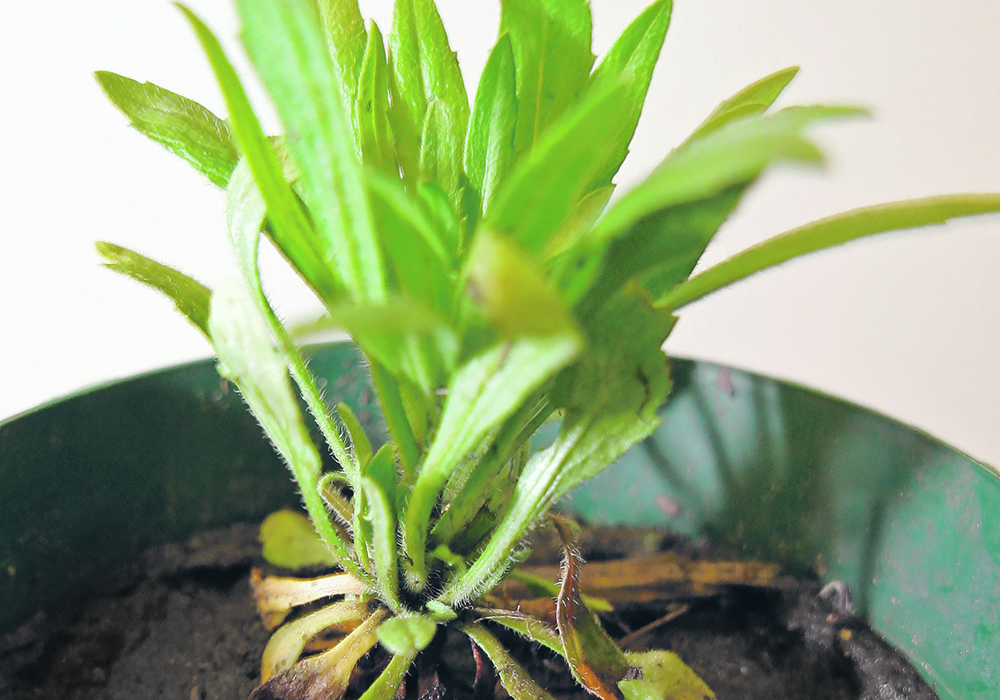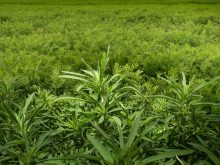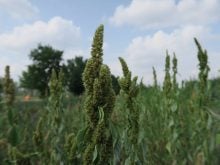BRANDON — Farmers across Western Canada are frequently told the same message: keep an eye out for unusual or unfamiliar weeds.
For the last few years, the worrisome weed in Manitoba has been waterhemp.
The species of pigweed was first confirmed in Manitoba in 2017 and has since spread across the province. The weed is resistant to multiple herbicides and has been detected in about 20 rural municipalities in Manitoba, mostly in the southeastern and south-central regions of the province.
Read Also

Saskatchewan amends farm land ownership regulations
The Canada Pension Plan Investment Board can no longer own Saskatchewan farmland.
Now, weed experts are warning growers to watch for another weed — Canada fleabane.
“It really hasn’t been a problem here. We’ve got Canada fleabane around. Up until recently, it just has been lurking on the edge of the field … but never came onto our fields much,” said Kim Brown, the weed specialist with Manitoba Agriculture.
“In this last year or two, we’ve had a lot of reports of farmers finding it all throughout their field.”
Canada fleabane is also known as horseweed or mare’s tail. It basically looks like stinkweed but is hairy, Brown told an audience at last month’s Manitoba Ag Days.
The weed seed typically germinates in the fall and survives through the winter to re-emerge in the spring.
“It has been reported that up to 91 percent of the fall-emerging plants survive until spring. Over-wintering rosettes will start to bolt fairly early in the spring. Horseweed is much easier to control in the rosette stage than the bolting stage,” says a North Dakota State University website.
“Horseweed typically grows 0.8 to 1.8 metres tall and can produce up to 200,000 seeds per plant. Similar to dandelion, horseweed seed is attached to a white pappus that is easily dispersed several hundred yards by wind.”
The weed is familiar to farmers in Ontario, where it first appeared in 2010 in the southwestern corner of the province. It is now present across the agricultural region of southern Ontario, Peter Sikkema, a University of Guelph weed scientist, told Country Guide in 2022.
“Growers can also assume it’s multiple-resistant Canada fleabane, resistant to both Group 2 and Group 9 herbicides,” he said, adding the impact on crop yields can be significant.
In Manitoba, there are anecdotal reports of Canada fleabane with resistance to glyphosate, although that hasn’t been confirmed.
“We are watching for that,” Brown said.
“So far, our chemistries are working.”
Brown is concerned because herbicide resistant Canada fleabane can be found just across the border in North Dakota.
In some instances, there are biotypes of the weed that are resistant or are tolerant of multiple herbicide groups, including groups 2, 3, 6, 8, 9, 14, 15, and 27.
The challenge for western Canadian farmers is that Canada fleabane does well in no-till systems.
Conventional tillage in the spring helps control the fall-emerging weed, which is why it’s critical, in no-till systems, to kill the weed post-harvest or in the spring burn down, NDSU says.
Contact robert.arnason@producer.com


















